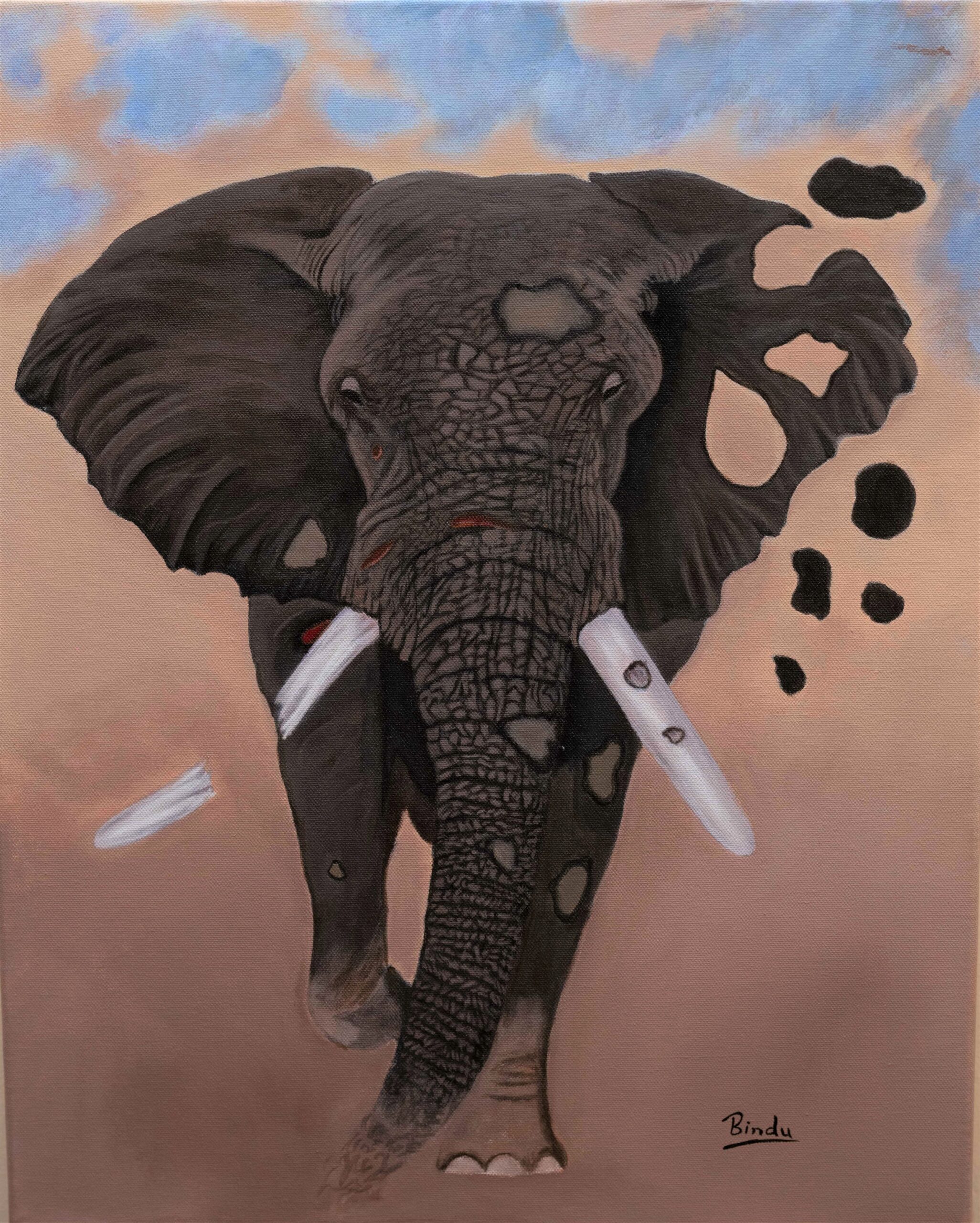Status: Critically Endangered
Estimated numbers of African elephants left: 415,000. 100 years ago there were 10 million African elephants
Countries found in: Ghana, Senegal and Cameroon
(African elephants range throughout the savannas of sub-Saharan
Africa and the rainforests of Central and West Africa)
Elephants are the largest existing land animals on earth. The African bush elephant also called savanna elephant, the African forest elephant, and the Asian elephant are the three types of species living on earth. The African savanna elephant or bush elephant is the largest elephant species, while the Asian forest elephant and the African forest elephant are of a smaller size comparable to savanna type.
The African forest elephant (Loxodonta cyclotis) is native to humid forests in West Africa and the Congo Basin. It lives in family groups of up to 20 individuals. Since it forages on leaves, seeds, fruit, and tree bark, it has been referred to as the ‘mega-gardener of the forest’. It contributes significantly to maintain the composition and structure of the Guinean Forests of West Africa and the Congolese rainforests.
Why are these animals threatened?
It is threatened by habitat loss, fragmentation, and poaching. The conservation status of populations varies across range countries. Since 2021, the species has been listed as Critically Endangered on the IUCN Red List.
The African elephant will disappear within two decades if urgent action is not taken to save one of the world’s most iconic animal species, the Worldwide Fund for Nature (WWF) has warned.
The population of these elephants has declined by 70 percent in the last 40 years, in large part because of the illegal ivory trade, which is the biggest driver of elephant poaching, according to the non-profit. In fact, 20,000 elephants are killed every year to feed this trade—which is equivalent to one death every 26 minutes.

